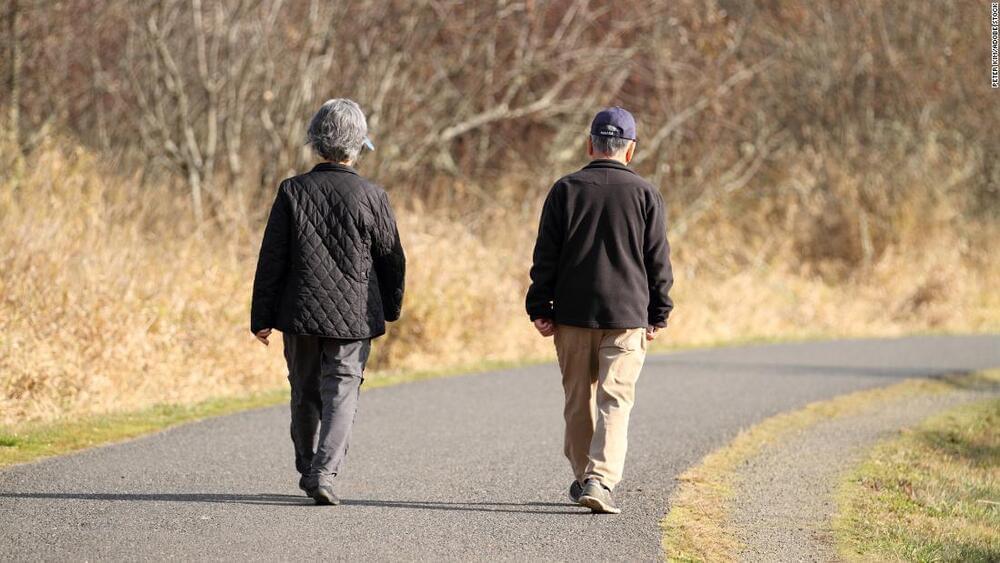Latest local news from Turkey, including top stories on education, minorities and more at DailySabah.com



It depends.
Warp drive. Site-to-site transporter technology. A vast network of interstellar wormholes that take us to bountiful alien worlds. Beyond a hefty holiday wish-list, the ideas presented to us in sci-fi franchises like Gene Roddenberry’s “Star Trek” have inspired countless millions to dream of a time when humans have used technology to rise above the everyday limits of nature, and explore the universe.
But to guarantee the shortest path to turning at least some of these ideas into genuine scientific breakthroughs, we need to push ideas like general relativity to the breaking point. Tractor beams, one of the most exotic ideas proposed by the genre that involves manipulating space-time to pull or push objects at a distance, take us beyond the everyday paradigm of science, to the very edge of theoretical physics. And, a team of scientists examined how they might work in a recent study shared on a preprint server.
“In researching sci-fi ideas like tractor beams, the goal is to push and try to find a demarcation point where something more is needed, like quantum gravity,” said Sebastian Schuster, a scientist with a doctorate in mathematical physics from the Charles University of Prague, in an interview with IE. And, in finding out if tractor beams can work, we might also uncover even more exotic forces, like quantum gravity. So strap in.
Full Story:
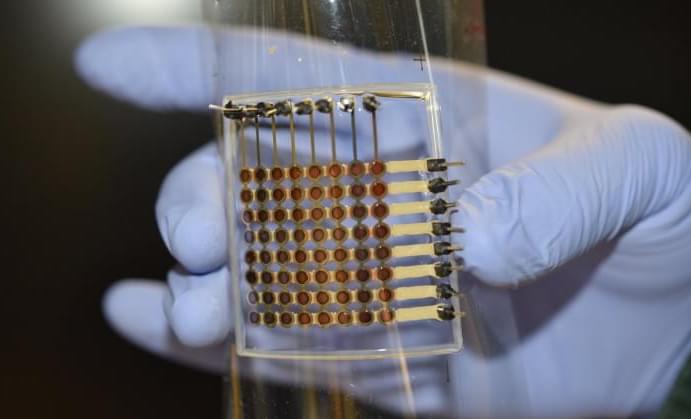
The researchers used extrusion printing to manufacture the electrodes, interconnects, encapsulation, and insulation. Active layers were then spray painted on at room temperature. All in all, six layers were 3D printed to build a flexible and fully functioning display.
“OLED displays are usually produced in big, expensive, ultra-clean fabrication facilities,” said Michael McAlpine, senior author of the team’s new study. “We wanted to see if we could basically condense all of that down and print an OLED display on our table-top 3D printer, which was custom built and costs about the same as a Tesla Model S.”
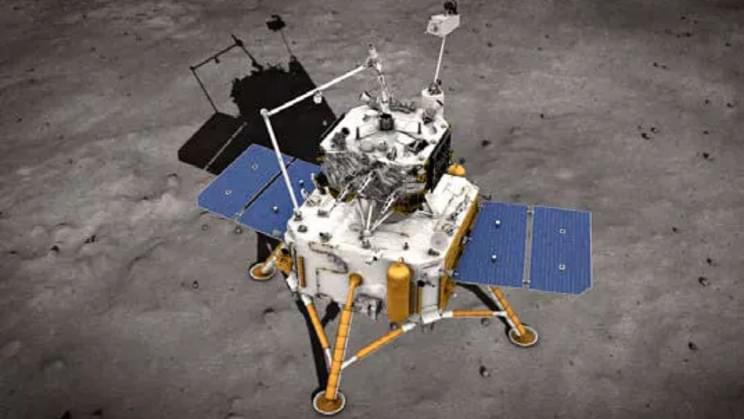
Adding to its space program’s growing list of achievements.
China’s space program (CNSA) is the first to detect water signals directly from the Moon’s surface thanks to its Chang’e-5 lunar probe, a report from CGTN reveals.
The new breakthrough provides yet another important milestone for the CNSA, which is ambitiously closing the gap between itself and the world’s two historic space superpowers, the U.S. and Russia.
The first in-situ lunar water detection For years, thanks to a number of orbital observations and sample measurements, it has been known that water exists on the Moon. In fact, last year a California-based startup called Masten Space Systems announced it is developing a robotic rover that can mine ice on the Moon to provide future lunar habitats with water and oxygen.
Full Story:
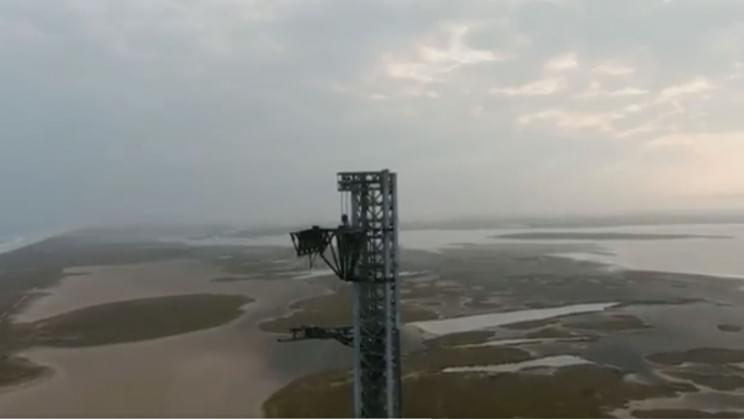
But the catch function still needs some work.
Elon Musk has posted the first glimpse of the company’s famous tower that will not only launch SpaceX’s next rocket but also help in catching it as it returns back to Earth. He shared the drone footage of the tower with his followers on Twitter on Sunday.
SpaceX’s Starship is probably one of the company’s riskiest projects. While the success of the rocket can send humans to the Moon and beyond, its failure or even delays in its deployment might cause the company to go into bankruptcy. As Musk had told employees last year, Starship must get firing and launch commercial missions by 2022.
Helping it launch frequently is a nifty design trick that SpaceX is attempting and the launch and catch tower is critical to executing it. Unlike the Falcon 9 rockets that SpaceX reuses by landing it back on Earth, Starship’s Heavy Booster rocket does not have landing legs.
Full Story:

In today’s video we look at Jordan Peterson — You Won’t Believe How ACCURATE This IS!!!
Subscribe for the latest news On Dr. Jordan Peterson and a Host of Speakers.
🔈 SPEAKER: Jordan Peterson.
*CREDIT
https://www.youtube.com/c/JordanPetersonVideos.
https://twitter.com/jordanbpeterson.
If any of the clips are yours and you would like it removed, please email [email protected] before taking any action. I will gladly take down the video. Thank you!
Inspired by “People Have No Idea What’s Going On, BE CAREFUL!” | Edward Snowden.
Inspired by Max Igan: “This is DAMAGING us!


Planedennig is a tiny home on wheels built for a mother and her young son to balance playtime with relaxation.
Considering the number of tiny homes to come out of recent years, distinguishing one tiny home from another can be hard. After all, there’s only so much space to work with, many tiny home builders prioritize efficiency and function over unique design. Then, there are always the unicorns that have it all.
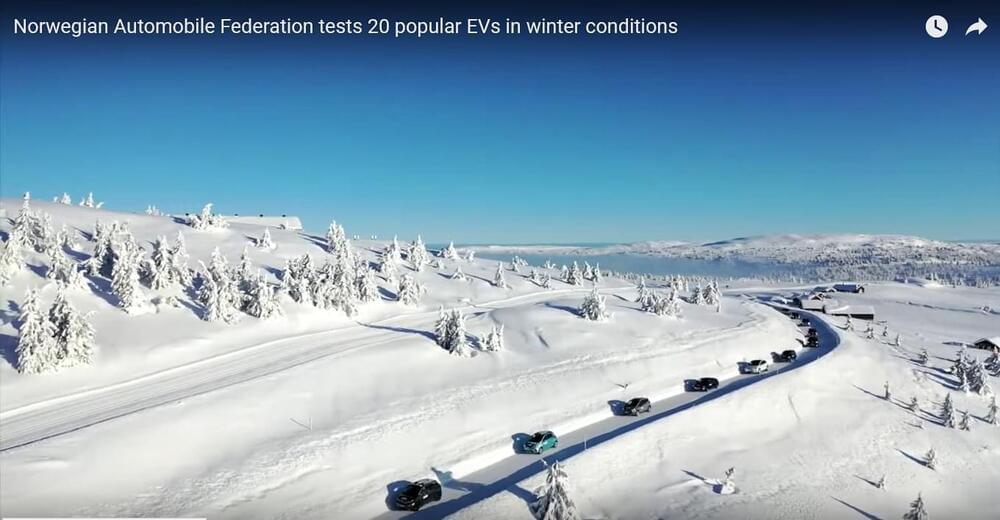
An editorial writer and columnist for the Washington Post wrote a screed attacking electric cars this week. His heavily slanted piece was filled with misinformation. Here’s the truth about driving an electric car in winter.
Last week, hundreds of motorists on I-95 in Virginia were stuck for hours when a blizzard closed the highway south of Washington, DC. Highway crews couldn’t spread ice-melting chemicals before the storm arrived because the rain that preceded it would have washed them away. But when temperatures dropped, the rain quickly turned to ice. Then the snow came and made the ice treacherously slippery. Tractor trailers trying to get off the highway lost control, blocking many exit ramps. Senator Tim Kaine was trapped in the tangled mess of stalled cars for 27 hours.
Afterwards, Charles Lane, an editorial writer and columnist for the Washington Post, wrote a blistering opinion piece entitled, “Imagine Virginia’s Icy Traffic Catastrophe — But With Only Electric Vehicles.” In it, he wails about the Tesla driver who banged on the door of a tractor trailer, begging for help because he was afraid his family might freeze to death if his battery ran out of power. “If everyone had been driving electric vehicles, this mess could well have been worse,” Lane writes.
He goes on to say even Tesla warns on its website the cold temperatures can reduce range. Charging a cold battery takes longer, and besides, he says, there aren’t that many charging stations anyway. And what happens if the power goes out? What then? Lane, a graduate of Yale law school, apparently lacks the mental capacity to realize that when the power goes out, gas pumps stop working as well.
